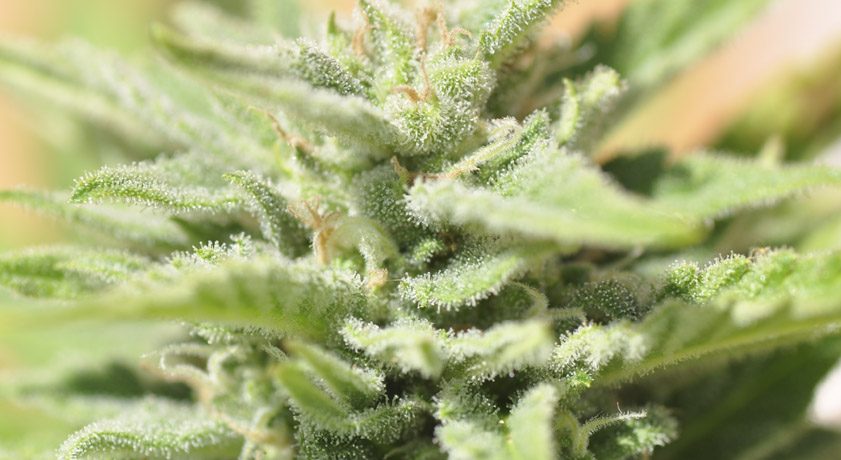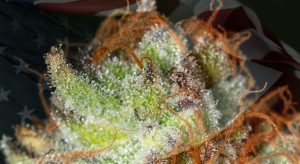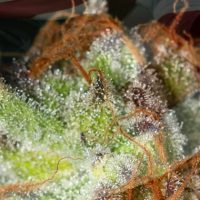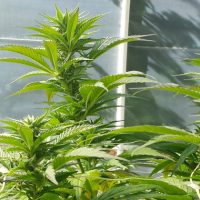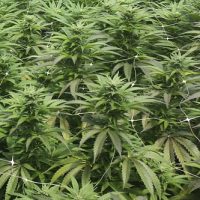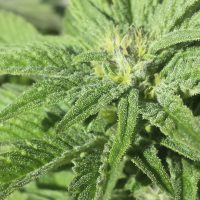Autoflowering cannabis seeds or automatic seeds are obtained when light-dependent cannabis plants are crossed with Ruderalis strains. Growing auto seeds is a specific job, and you’ll need to understand where they come from and how to grow autoflowering cannabis seeds if you want to make the most out of them.
Ruderalis Cannabis is a subspecies of hemp that grows originally in colder areas such as Eastern Europe, Central Asia and other areas with climates that aren’t right for normal cannabis. It’s known for its small stature, and low RHC content, although its mainly known for flowering automatically, regardless of the amount of light they receive.
When crossing these plants with normal ones, autoflowering seeds are obtained, which generally start flowering towards the second/fourth growth week, regardless of the amount of light they receive. These plants have similar qualities to light-dependent plants, such as a larger amount of THC, yield and aroma and flavour (compared to Ruderalis).
This is why, among other reasons that we’ll delve into later (such as discretion), many seed banks, breeders and genetic experts have worked hard on creating autoflowering seeds.
Reasons to Grow Autoflowering Cannabis Strains
Autoflowering cannabis plants have taken the world by force, especially in outdoor grows due to how fast it grows.
Growing autoflowering cannabis seeds has become more than just a fad over the last few years, although before you get started you should know the pros and cons on autoflowering seeds in order to make the most of your plants.
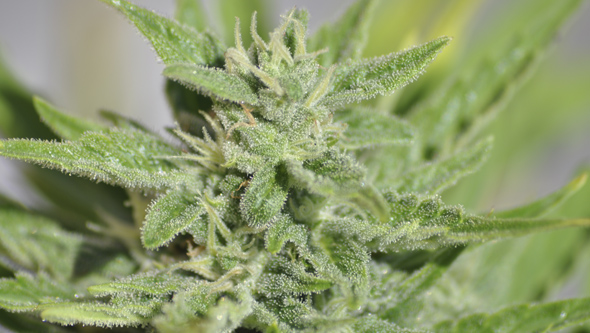
Pros of Growing Autoflowering Cannabis Strains
- Autoflowering cannabis strains offer outdoor growers the ability to grow plants easily and rapidly. They also allow you to grow additional autoflowering strains while your normal plants grow and begin flowering. For example, if you’re planting autoflowering strains at the start of the season, you’ll be able to harvest 3 times during the Spring – Summer seasons before your feminized strains are ready to harvest.
- Thanks to their small size (max around a meter tall), they’re discreet and ideal for growing on balconies or terraces, as well as small indoor areas with not much room.
- If your climate allows (minimum temperatures above 10°C), you can grow all year round outdoors.
Thanks to their short, fast growth stage, they aren’t as exposed to insect infestations. - They’re sturdier when it comes to the cold, although they prefer mild climates.
Cons of Growing Autoflowering Cannabis Strains
- In indoor grows, you can plant fast flowering light-dependent strains and end up with the same total growing time of autoflowering cannabis plants, with higher quality and larger yields than autoflowering plants.
- Autoflowering plants can’t be used to take cuttings or keep mother plants.
- Autoflowering plants contain less cannabinoids than their light-dependent versions; Budha Critical, for example, has more cannabinoids than its autoflowering version Budha Auto Critical.
Here at La Huerta Grow Shop we recommend growing autoflowering seeds outdoors or indoors when there’s not much space, keeping in mind when it’s best to grow each type of strain. In this post, we’ll explain how to grow autoflowering cannabis seeds outdoors so that you can get the best possible results.
How to Grow Autoflowering Seeds Outdoors
As we were saying earlier, autoflowering cannabis seeds always come from seeds and can’t be obtained from clones.
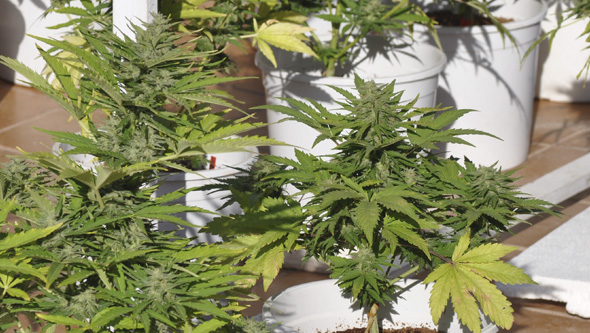
Factors to keep in mind when planting autoflowering seeds
- They have quite a short growth period (2-4 weeks approx.) so by using fertilized substrates such as All Mix by Biobizz, you can cover their entire growth period and the start of the flowering stage. You only need to use rooting stimulants and/or mycorrhizae and Trichoderma during the growth stage. If you’re going to use light or inert substrates you’ll also need to use an NPK fertilizer.
- They don’t grow as much as light-dependent strains during their flowering stretch, so you shouldn’t need to train them.
- Due to their short growing process, you’ll need to feed them carefully, making sure not to overfertilize your plants and avoid ending up with excess nutrients in your plants.
- If your plants’ roots end up facing obstacles, they’ll stoping growth and your plant will also stop growing. You’ll need to give them and aired substrate, or a coco coir substrate so that their roots can grow plenty.
There are many different methods when it comes to growing autoflowering cannabis; let’s have a look at some recommendations that you can use.
Germinating autoflowering seeds
We highly recommend germinating your seeds before planting them; you can find more information regarding germination in our post on how to germinate cannabis seeds.
Choosing the right substrate for autoflowering plants
As we were saying earlier, choosing the right substrate is incredibly important when it comes to growing autoflowering seeds. Autoflowering strains have a very short growth period; you’ll need to give them the right type of care to make sure that they grow fast and produce decent yields. The first thing you’ll need to give your plants is a decent, airy, and high-quality substrate.
Soil usually contains coco coir fiber, although you can add more (around 30-50%), in order to add more air to the substrate. You can use, for example, a fertilized medium such as Kilomix by Atami and add in some coco coir bricks.
You can also use coco coir as a medium to grow in but you’ll need to keep in mind that it’s inert, which means that you’ll need to water from the start of the growing period onwards.
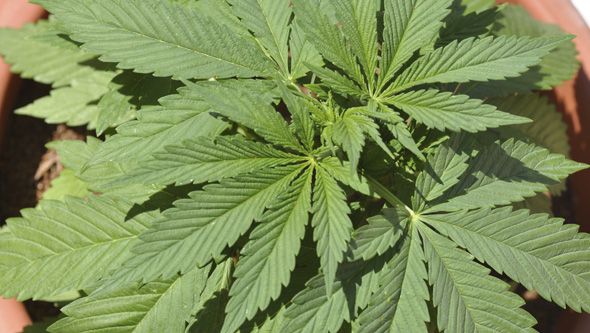
Planting autoflowering seeds
Once your autoflowering seeds are germinated, the best option is to plant them straight into their final flowerpot. Transplants can stress your plants out and slow down their growth, which is the last thing you want to do with plants as fast as autoflowering plants – they don’t have that kind of time.
Autoflowering plants have such a short growth period that you’ll need to avoid any type of extra stress. This allows the plant to grow much faster and manage to grow much larger before it start flowering.
We recommend using root stimulants such as the highly concentrated Rootfast or the famous Rhizotonic from the moment that you plant your autoflowering seeds and all through the growth stage, as it’ll contribute to the growth and stability of the plant. You can also use mycorrhizae and Trichoderma to protect the plants’ roots and improve nutrient absorption.
Autoflowering Growth Stage
Autoflowering plants’ growth stage will depend on their genetics; it’s very rarely over 6 weeks, and it’s usually somewhere between 2 and 4 weeks. Keep in mind that roots grow during this stage, and they’re necessary for the plant to be able to absorb nutrients and for them to be able to grow correctly and quickly.
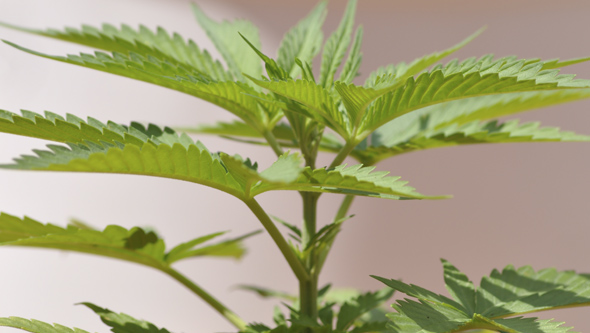
When growing in soil you should be able to start fertilizing once the soil has used up all of its nutrients; until then you should only be using products such as root stimulants in order to increase root growth, growth stimulants such as Green Explosion by Top Crop, and even metabolism stimulants such as Liquid Karma by Botanicare, which contains humic and fulvic acids, as well as carbohydrates etc.
You can use growth fertilizers such as NPK fertilizers, like Bio Vega by Canna, which is specifically designed for the growth period, or NPK fertilizers designed for the entire growth period such as Autoflowering Supermix by Bio Nova.
If you grow in coco coir substrates you’ll need to fertilize in low amounts (1/3rd of the recommended amount) during the first few weeks, or use specific coco coir fertilizers until the plant is a bit more mature. After the first 2-3 weeks you can use start using the manufacturer’s recommended dose without damaging your plants.
Just like light-dependent plants, autoflowering plants grow faster with small cycles of moisture and drought – if their substrate is constantly moist the roots won’t grow out in search of water, which means the plant won’t be able to grow quite as much. This is why it’s better to water depending on the substrate, keeping it airy and allowing the roots to grow more.
Autoflowering Flowering Stage
Autoflowering cannabis plants usually begin to flower after around 2-4 weeks of growth. Once they begin to show the first signs of flowering (groups of little pistils around the plant), you can start using flowering NPK fertilizers such as Bio Flores by Canna, or the mineral Terra Bloom by Plagron, alongside a booster or flowering stimulant such as Delta 9 by Cannabiogen.
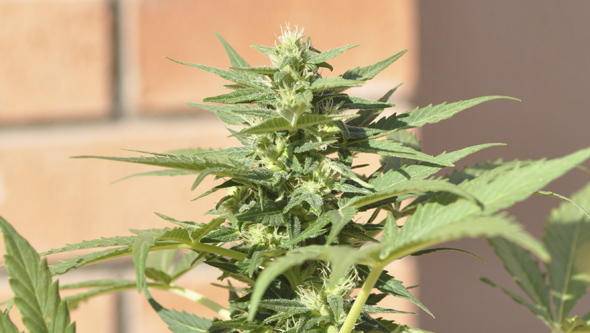
After the 3rd – 4th flowering week you can start using bud fatteners with high PK contents, such as Bio Bloombastic by Atami or PK 13 14 by Canna, allowing you to increase the size and weight of your cannabis flowers, as well as other additives such as Top Candy, which increases aroma and bud density.
We also highly recommend using enzymes during this period, especially if you’re using tap water or an intense feeding schedule.
Autoflowering Maturation
Just like with light-dependent cannabis plants, you’ll need to wash your plants’ roots out around 10 days before harvesting. This allows your plants to remove all of the leftover salts in their substrate and metabolize any leftover nutrients in the plant itself.
Make sure to pay attention to the flowering or growth stages that the seed bank has indicated and the state of your buds.
Root flushing is done in the exact same way as it is with other plants; water without nutrients in order to drain out as many nutrients as possible. You can also use flushing and cleaning products to decompose and dissolve any leftover minerals and salts so that you don’t have to use as much water.
Check your water’s EC levels after it has drained out of the bottom. This way you can get a general idea of the kind of flush your plants need; if it’s over 2 you’ll need a cleaning product such as Canna Flush.
If you need more information regarding flushing your plants roots you can visit our post on how to fertilize your cannabis plants.
Harvesting Autoflowering Plants
Autoflowering cannabis plants tend to have much less cannabinoids than light-dependent strains. You can still enjoy some intense effects from auto plants, and average effects from most strains – this isn’t the same as the softer effects produced by CBD-rich strains, for example.
In order to make the most and get the most intense effects from your plants, you’ll need to harvest at just the right time.
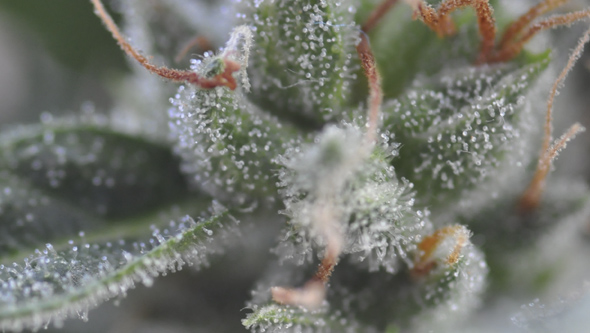
Advice
- Plant autoflowering plants if you have a small growing area such as a small balcony, guaranteeing that they won’t get too big.
- Make sure to give them the right conditions during the growth stage. If they don’t make the most of their growth stage they’ll end up stunted and with little yield.
- If you grow indoors and you have enough space, we recommend doing so with light-dependent fast flowering feminized seeds such as Jamaican Dream, Critical King or Gorilla Candy, which provide higher yield and quality in the same time (two and a half months.)
- Plant autoflowering strains at the start of the season (Spring), at the start of summer, and halfway through summer while your light-dependent strains grow and then flower; ths way you’ll get a couple of harvests in before the big one.
Let us know below how your autoflowering plants are doing or if you have any questions – our team of professionals are here to help!
Until next time!
